This list of major-championship winners who swing a golf club with their lead wrist in flexion at the top of the swing (bowed, bent toward the palm) is pretty impressive. Dustin Johnson, Jon Rahm, Jordan Spieth, Xander Schauffele, Collin Morikawa—even Arnold Palmer and Lee Trevino did it in their heydays. If you wonder why so many golfers do it, it’s because it does a lot to square and deloft the clubface at impact without any split-second hand manipulations. It could cure a slice, boost smash factor or help breed consistency in ball-striking, says Josh Zander, a longtime contributor to Golf Digest and one of the best instructors in California. Zander gives lessons online and at Stanford University. But the keyword, Zander says, is “could.” Wrist flexion in the lead hand would likely be poison to a golfer who swings with a strong lead-hand grip. Those golfers already swing with a bias of a shut, delofted clubface, so bowing would likely lead to a lot of smothered, pulled hooks. “I’m not saying I wouldn’t recommend it for some golfers, but you have to know who you are as a golfer,” Zander says. “If you have a strong right-hand grip (for righties), it could help you square the clubface. But anytime you add one variable to a golf swing, you have to understand how all the other variables in your swing interract with it.” Jack Nicklaus talked about the move during the Memorial Tournament last year and agrees with Zander’s take that while it is effective, it’s not for everyone. Hand and arm strength are factors, Nicklaus said. Taking Jack’s warning a step further, Dan Hellman, one of Golf Digest’s Best Fitness Trainers in America, says the move can result in pain and injuries to various parts of the arm. Hellman, who trains golfers in Fort Lauderdale, Fla., says the most common might be tendinitis in the elbow, but fractures to wrist bones like the hook of hamate and tendon ruptures are among other cause-and-effect issues. In fact, Spieth had to have surgery for a ruptured tendon in his left wrist suffered at the 2024 British Open. Was it because he bows his left wrist as he takes the club back? Or perhaps because of his idiosyncratic follow-through where he lets his lead elbow jut toward the target, which prevents the lead wrist from fully releasing its flexed position? Maybe. Maybe not.
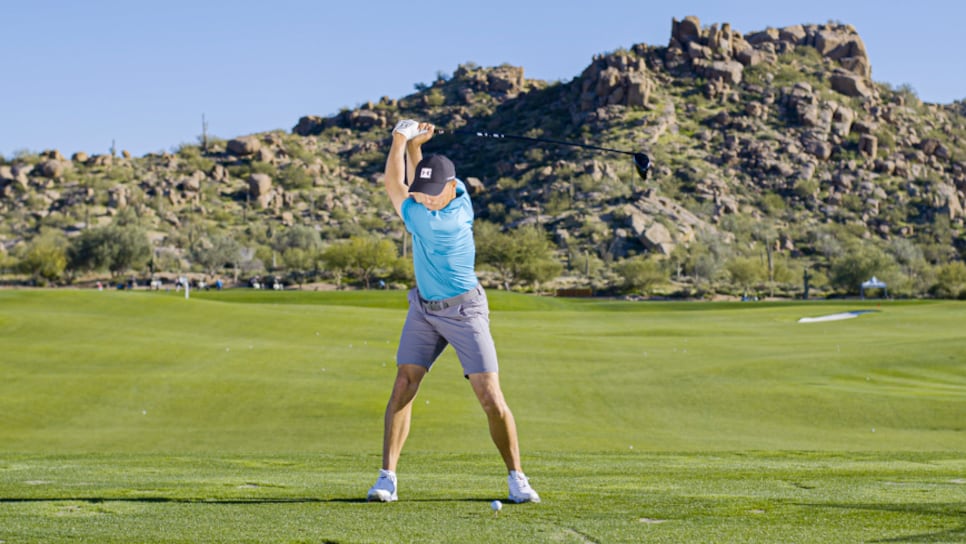
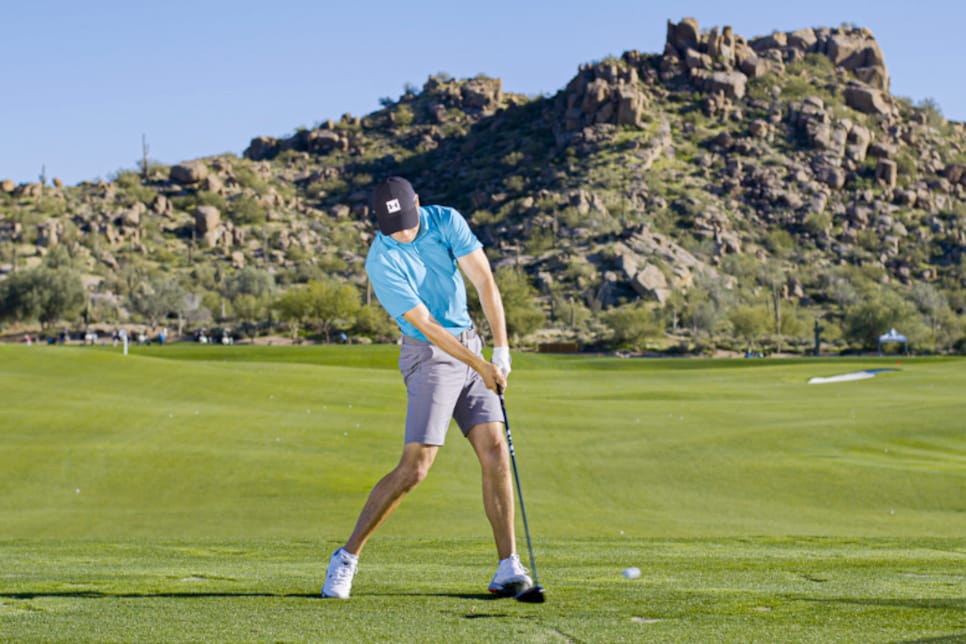
One thing is for sure, Hellman says, the human body was not designed to “repeat a position of strain over and over again.” Bowing your lead wrist, sometimes referred to as the “motorcyle move” as it simulates the action required to rotate the throttle and get the bike moving, is definitely a position of strain.“My own experience bears this out,” says Hellman, a Golf Digest Certified Fitness Trainer. “I personally was doing the ‘motorcycle drill’ in my own golf swing and loving the effect. However, I did it to an extreme and ended up paying the price. I developed a severe case of lateral epicondylitis—tennis elbow—that unmistakable pain on the outside of the joint, as well as wrist pain in my left arm. I had to put myself through a rehabilitation program, change the top of my backswing, and it was about eight weeks before I was convinced that my arm was healed.
More Golf Digest+ Fitness 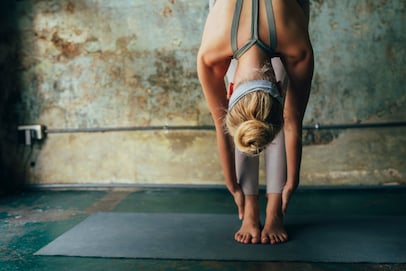 Golf Digest Logo No, the toe-touch test isn’t just about touching your toes. It can identify your golf-swing limitations
Golf Digest Logo No, the toe-touch test isn’t just about touching your toes. It can identify your golf-swing limitations  Golf Digest Logo Lower-back pain not going away? Here are some clues if it’s your sciatica
Golf Digest Logo Lower-back pain not going away? Here are some clues if it’s your sciatica 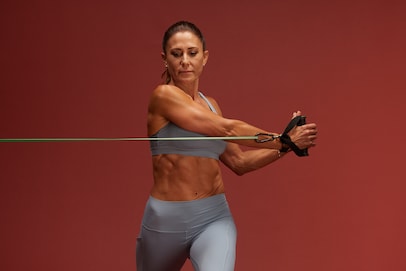 Golf Digest Logo 10 of our favorite exercises for golfers
Golf Digest Logo 10 of our favorite exercises for golfers
“Golfers in middle age and older should be particularly careful, because the risk of cartilage loss in the wrist, which is common among older people, increases with age. According to the American Academy of Orthopedic Surgeons, articular cartilage injuries can result from a number of causes, including repetitive smaller impacts to the joint.”What’s Hellman’s advice for you if you’re interested in moving to a bowed-wrist golf swing? “Go ahead, but carefully,” he says. “This is where I step in as a physical therapist. If you are going to continue this move, I strongly suggest you perform exercises to maintain the strength, stability and mobility of the wrist and elbow joints as well as the soft tissue around them. Your wrist and elbow will thank you, and you will be less likely to miss weeks of golf waiting for your injuries to heal.”Here are some exercises Hellman recommends (he’ll have more for you in the coming months) and watch this video of a pre-round warm-up you should do to prepare your wrists and arms for the rigors of swinging and stopping a golf club as well as the impact trauma from repeatedly hitting the ground.
WRIST AND FOREARM EXERCISES
WRIST EXTENSIONS
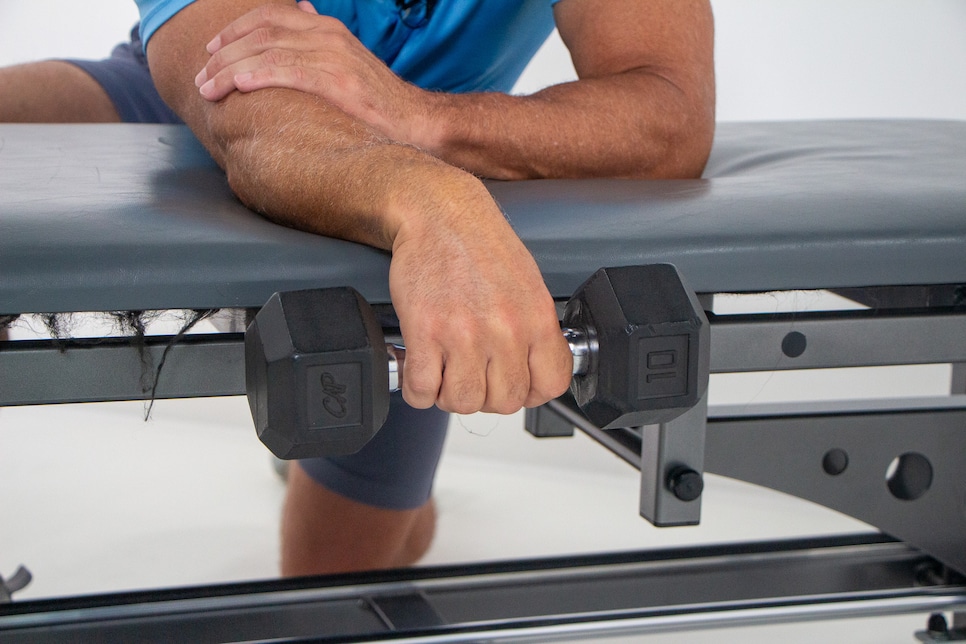
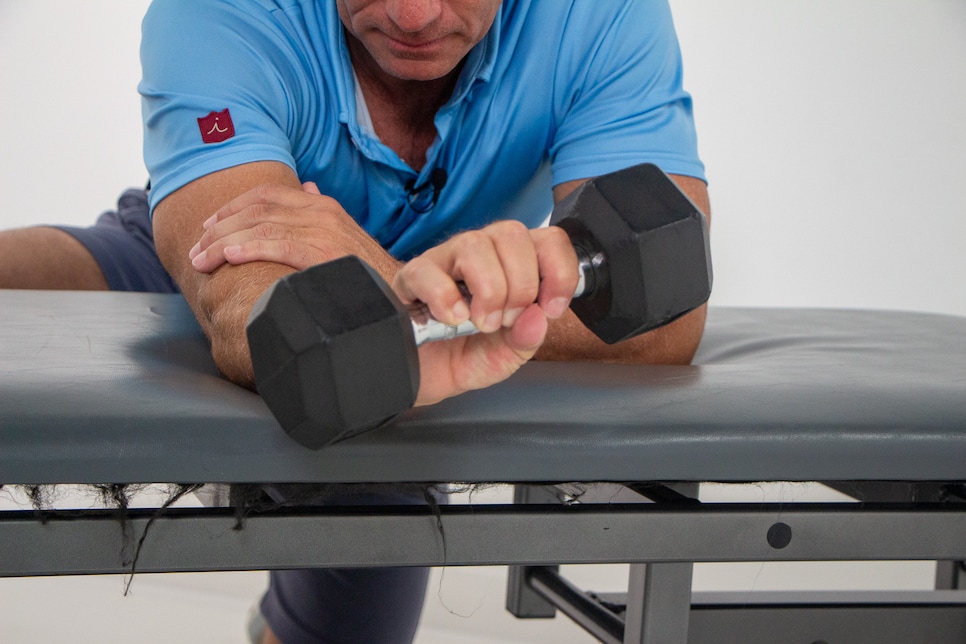
WRIST FLEXIONS
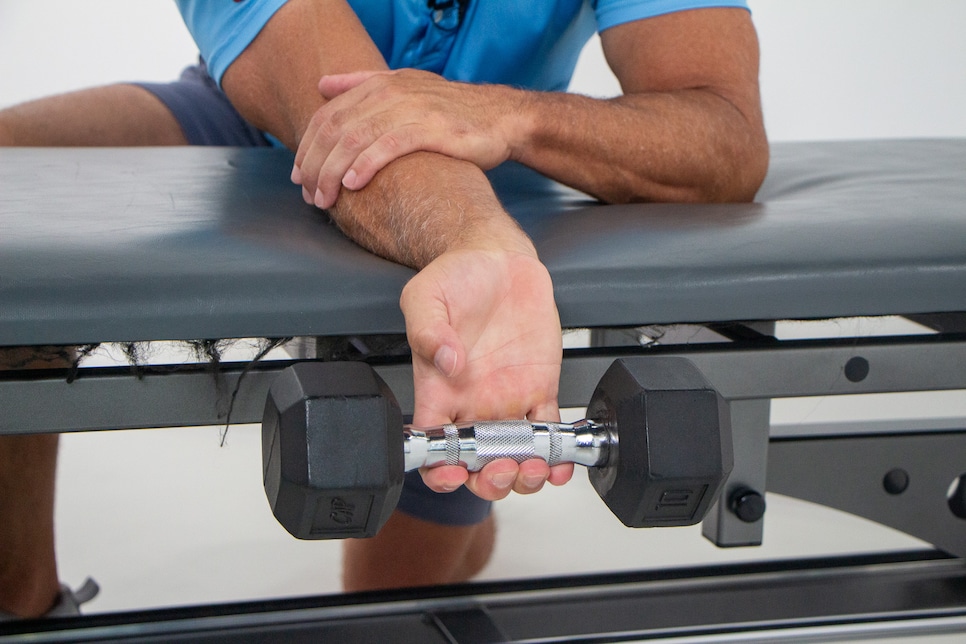
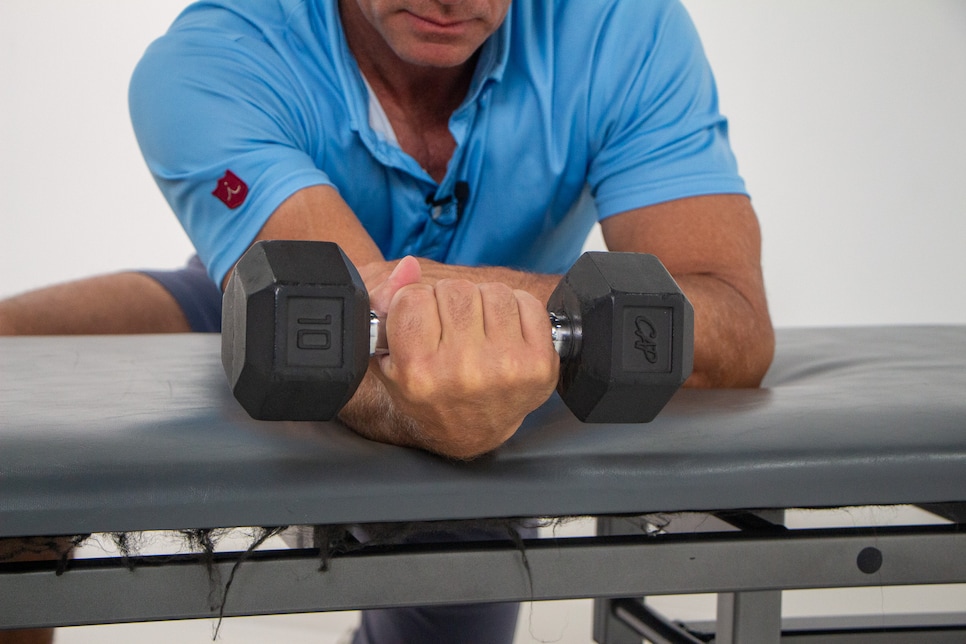
RADIAL DEVIATIONS
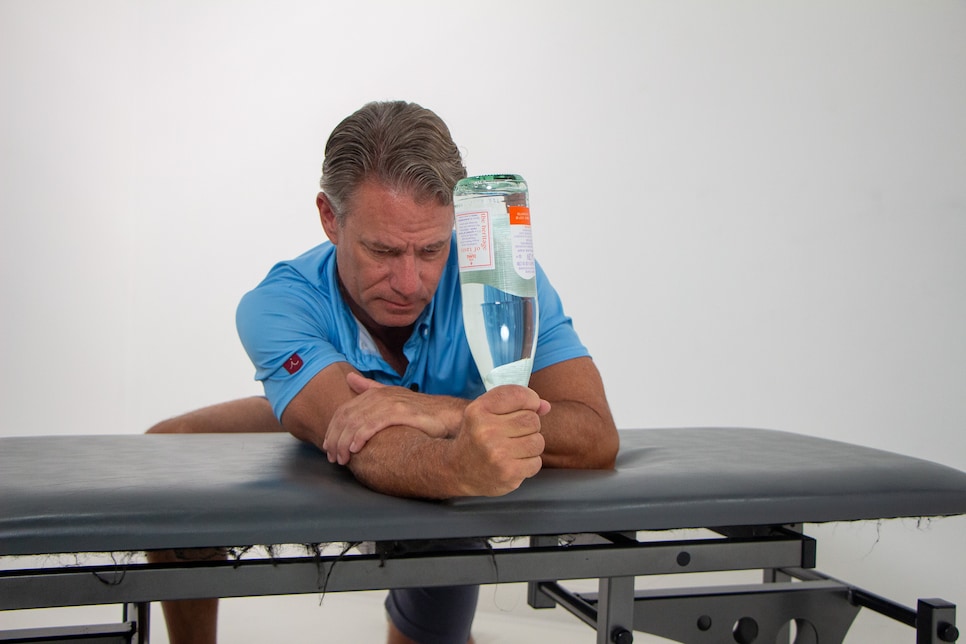
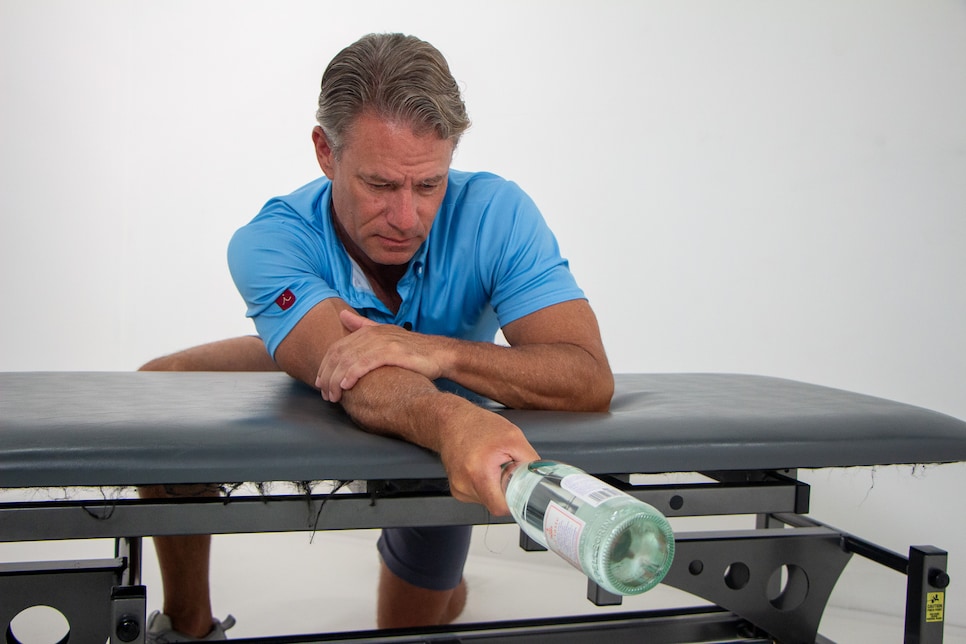
ULNAR DEVIATIONS
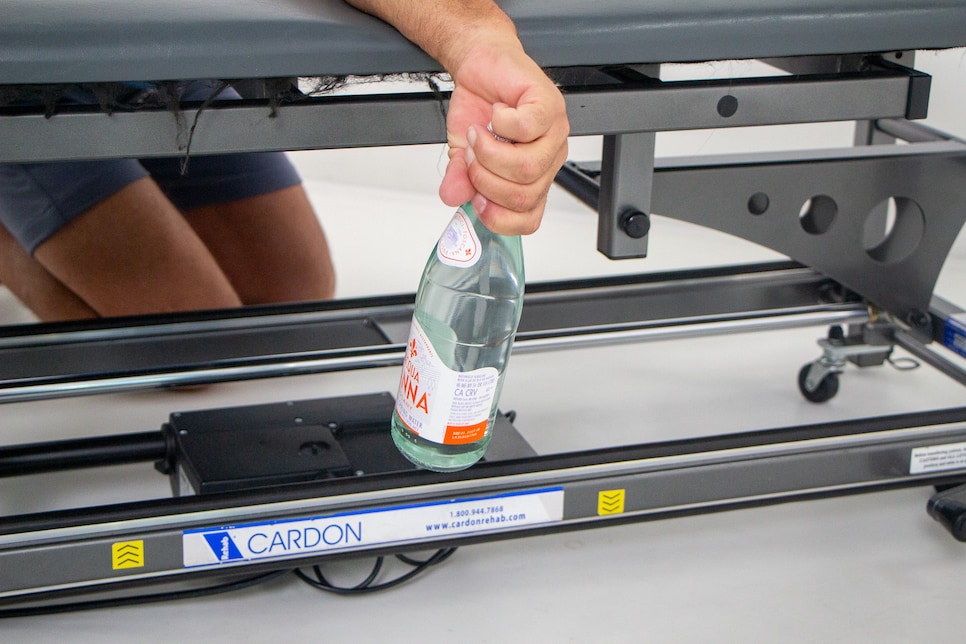
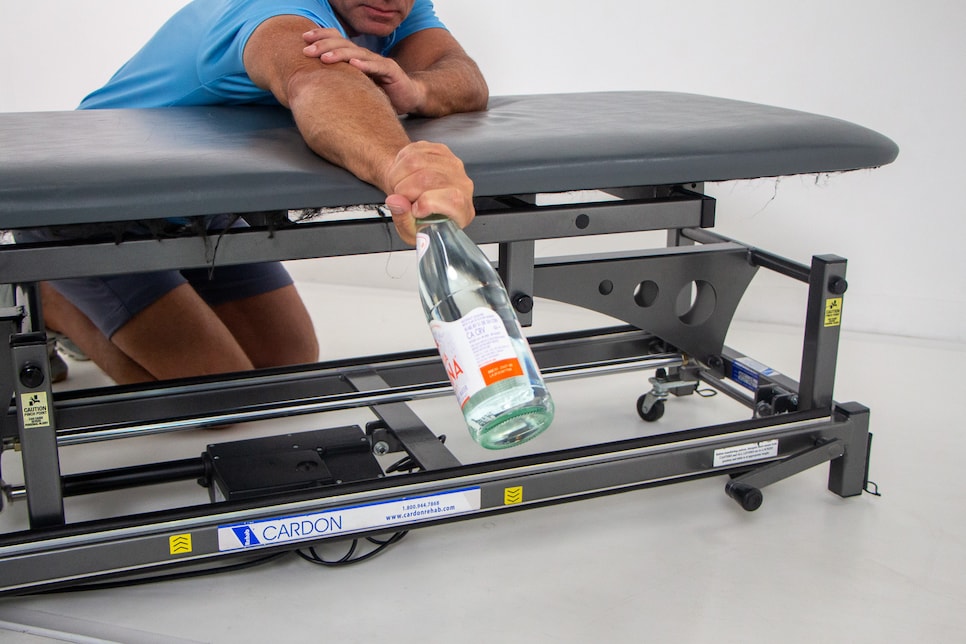
SUPINATIONS
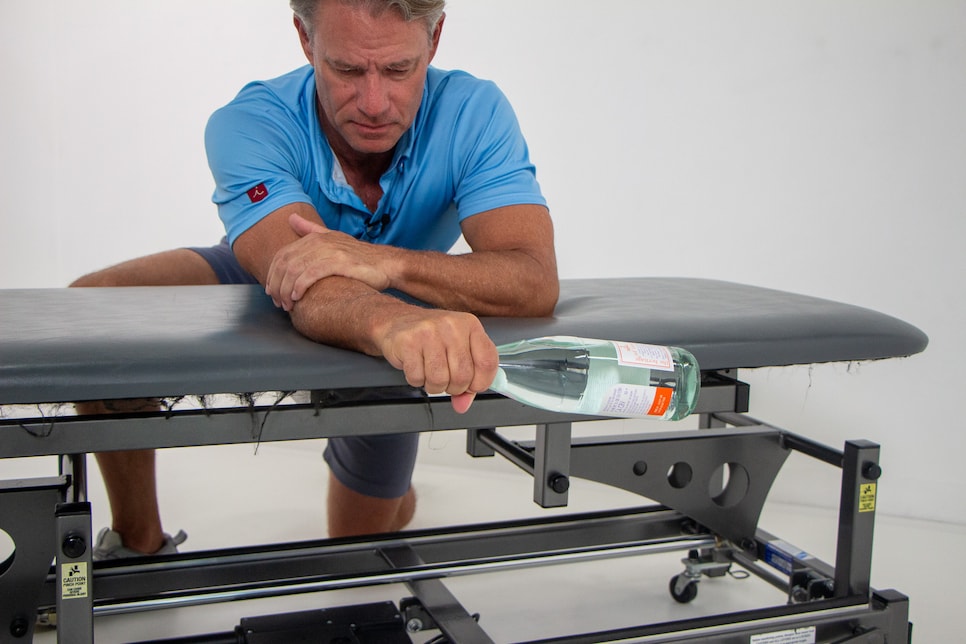
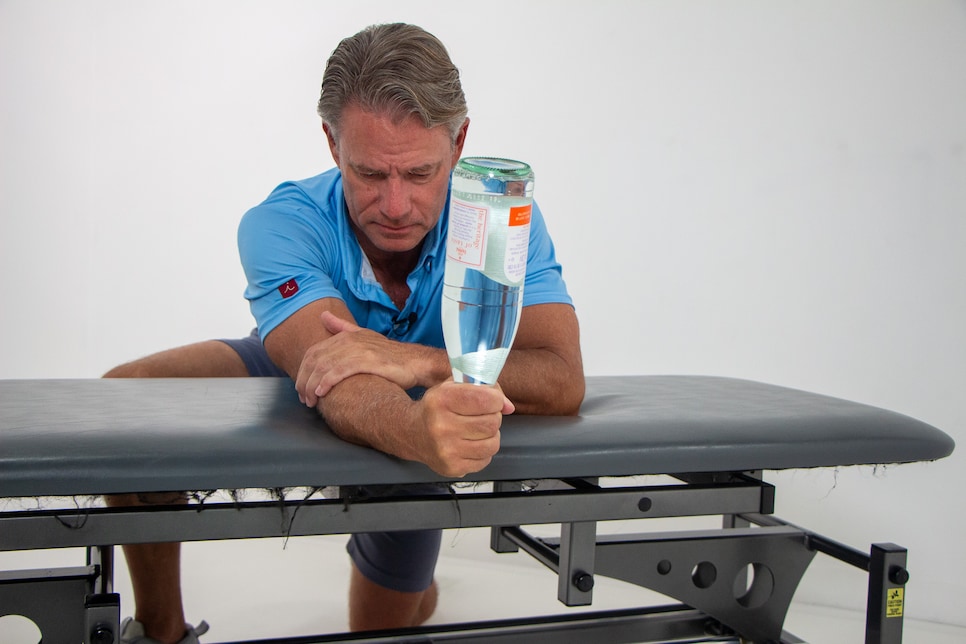
PRONATIONS
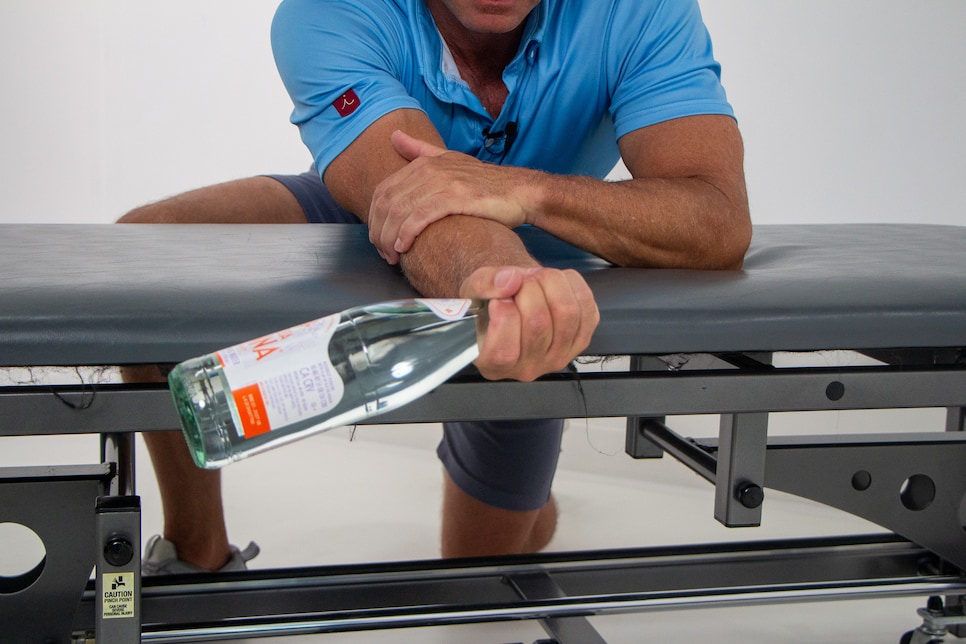

If you’re interested in learning more about Golf Digest’s Certified Fitness Trainer program, click here.
This article was originally published on golfdigest.com

